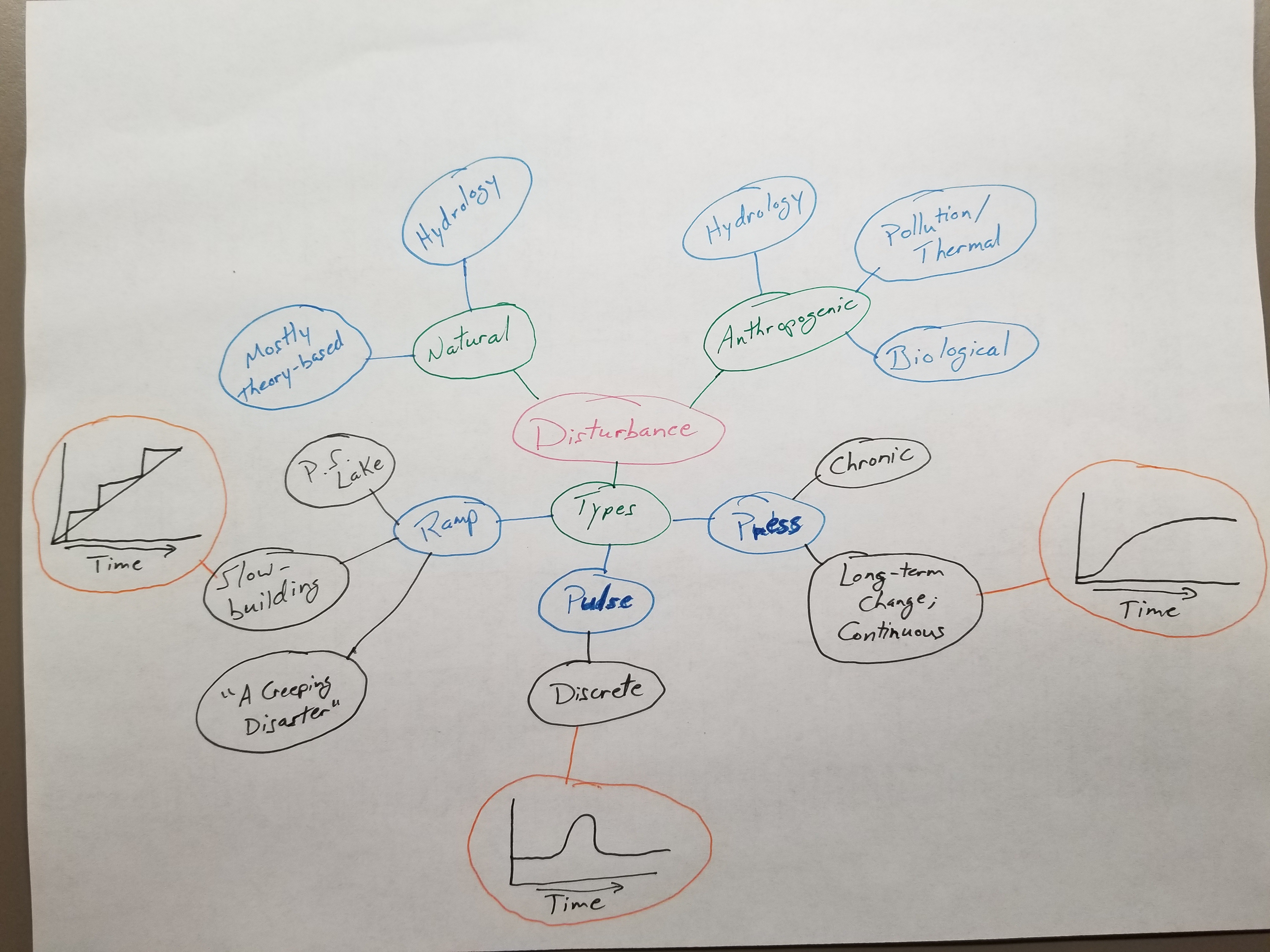Note-taking Is Not One-Size-Fits-All
We’ve all been there, you open your notes from class and there it is: a long, outline-form narrative of black ink. Somehow you have to convince your mind to wade through this jungle of bullet points and determine what information is important and should be retained. Eventually your brain just gives up and you suddenly become very interested in the informercial on tv.
Have some pity on your brain, or your students’ brains. The human brain is a wonderfully complex and powerful piece of machinary! It is able to distill images from randomly placed, overlapping objects, discern colors, formulate (relatively) complex mental models for how things works…and you are providing it with a myriad of black ink and shorthand sentences. Is it any wonder why you can’t focus or remember what you studied? No! You’re brain needs something to grab its attention and tell it “this is important”.
Notetaking is an important skill for students, teachers, and those employed in nearly every facet of the workforce. Students are urged to take notes in the classroom and several studies have shown that students that create their own notes show increased information retention (i.e. Katayama and Crooks 2001). The problem is that many students struggle to stay engaged and take notes throughout the entire class period. Like the story above, the brain loses interest in the monotony of writing down lecture notes…in a linear format…in black/blue ink…in straight lines…in all text. The brain needs activity to keep it engaged and focused.

Notetaking strategies are primarily divided into 2 categories: linear and nonlinear. Linear strategies are the most common style and appears to be the trend all across the globe (Buzan and Buzan 1993, Piolat 2001). I would guess that most students latch onto linear format notes (usually outline format) because it is really the only shorthand method of taking down information they were formally exposed to during their education. Think back to your first writing/grammar class and the first paper you had to write, how did the teacher have you organize your paper? Most likely, it was an outline. Now, the outline format works wonderfully for this instance and is a very powerful tool; however, that doesn’t mean it should be used in every situation. And, in practice, can actually have a negative impact on information retention when used for many notetaking situations.
Unfortunately, this is often the only type of shorthand information drafting that students are exposed to and puts many students at a disadvantage. Not all students think in a linear, rigid manner; many are nonlinear thinkers and do no perform well when given monotonous lines of text.
In an effort to level the playing field and boost engagement, students should also be exposed to the wide variety of nonlinear notetaking methods! Nonlinearity is how the brain functions by default; thus, these methods are often very useful and easy for students to grasp. These nonlinear strategies utilize multiple colors, pictures, lines directly linking information, and keywords rather than strings of text (see Farrand et al. 2002)! Several studies (e.g. Beel 2009, D’Antoni 2010, Edwards and Cooper 2010, Pauk and Owens 2011, and many others) have investigated their usefulness in a wide array of scenarios and the positive feedback continues to grow.
My personal favorite form of nonlinear notetaking is Mind Mapping. Mind Maps begin with the central idea in the middle of the page and key information radiating out in all directions. Each radiating arm is then radiated further with increasely detailed information. The Mind Map can be as simple or elaborate as you choose and, best of all, it’s completely scaleable! Each Mind Map from a given lesson can be envisioned as one radiating arm branching out from the central idea/topic of the class!

Mind Maps are incredible assests for not only students, but teachers as well! I have used this strategy extensively in both my schooling and teaching settings. By continuosly changing colors and adding quick sketches to help explain the idea, students remain engaged in the classroom and can see direct links between information and how they fit together. This also achieves another goal, moving away from powerpoint slides. The plague of powerpoint slide presentations for instruction is a continuing issue in teh classroom, primarily at the college level. However, by using Mind Maps, or any other nonlinear form of notetaking, the teacher can build the notes along with the student and help to avoid confusion of how information fits together.
Outline-form and other linear formats of notetaking have their place and uses (recipes, mapping out a paper, etc.); however, if the topic you are learning, or teaching, is not a linear construct then there is no reason to force linear notes to tell the story and provide the information.
So, as you move through your studies, or your career, consider exploring a new form of notetaking. Your brain will thank you and chances are you will be much more alert and engaged in the topic; you will likely also recall more of the information when/if it is needed later.